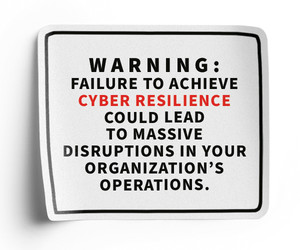Now, organizations are going a step beyond traditional SIEM. Next-gen SIEM correlates critical data assets that must be protected with other data feeds to unearth potential threats and compromises.
Unlike traditional SIEM, next-gen systems infuse data points from raw streaming workflows and all types of asset sources: cloud, on-premises, hyperconverged and hybrid. In short, next-gen SIEM offers a unified data platform that applies modern intelligence and analytics in a real-time workflow.
Because some SIEM systems also offer SOAR capabilities, it's important to understand what's included and what your organization needs so you can choose the right SIEM tool.
LEARN MORE: Choose the right SIEM solution for your organization.
Next-Gen SIEM Enables Faster Incident Response
A cornerstone of next-gen SIEM is flexible storage that incorporates data from multifaceted sources at the volume, velocity and level of veracity the cyber ecosystem delivers, says Sam Kinch, director of technical account management at systems software company Tanium.
"Scalability improves with tunable storage capacities and capabilities, adjustable retention policies and distributed locations across hyperconverged enterprises," Kinch says.
COMPARE: Schools evaluate hyperconverged infrastructure and cloud storage options.
Efficiencies are achieved by retaining data at various storage tiers based on access needs; support for certain, optimized compression algorithms; and access models (including application programming interfaces), ensuring ready availability.
Next-gen SIEM can significantly enhance an organization’s ability to track and respond to breaches across various systems and architectures, says Sam Curcuruto, principal product marketing manager for Commvault.
"By integrating data from multiple sources, these advanced SIEM systems provide a comprehensive view of the entire IT environment, whether it's on-premises, in the cloud or within hybrid architectures,” Curcuruto says.
Such tools use machine learning and artificial intelligence to detect patterns and anomalies that might elude traditional SIEM technology, thereby catching sophisticated threats early.












